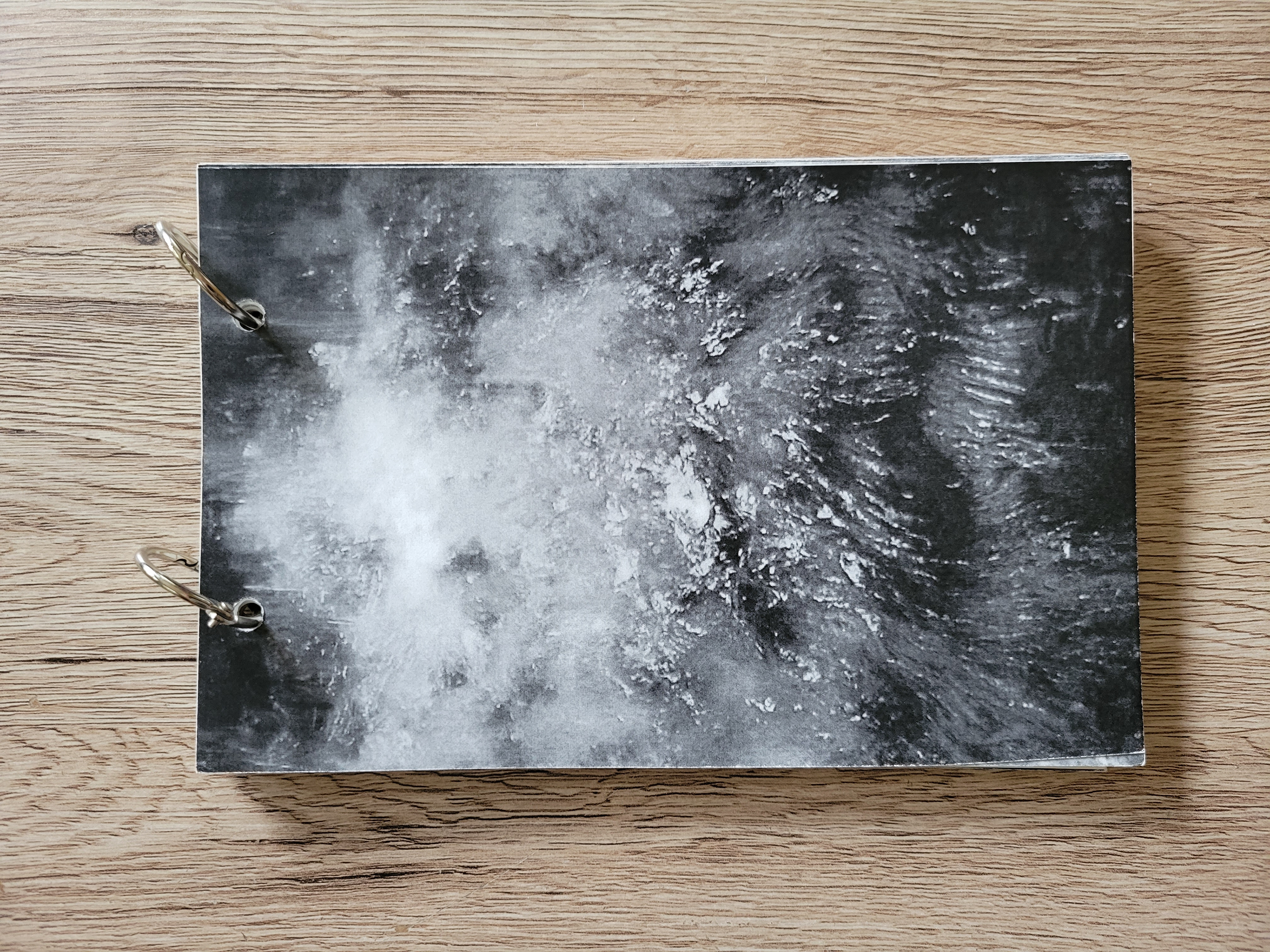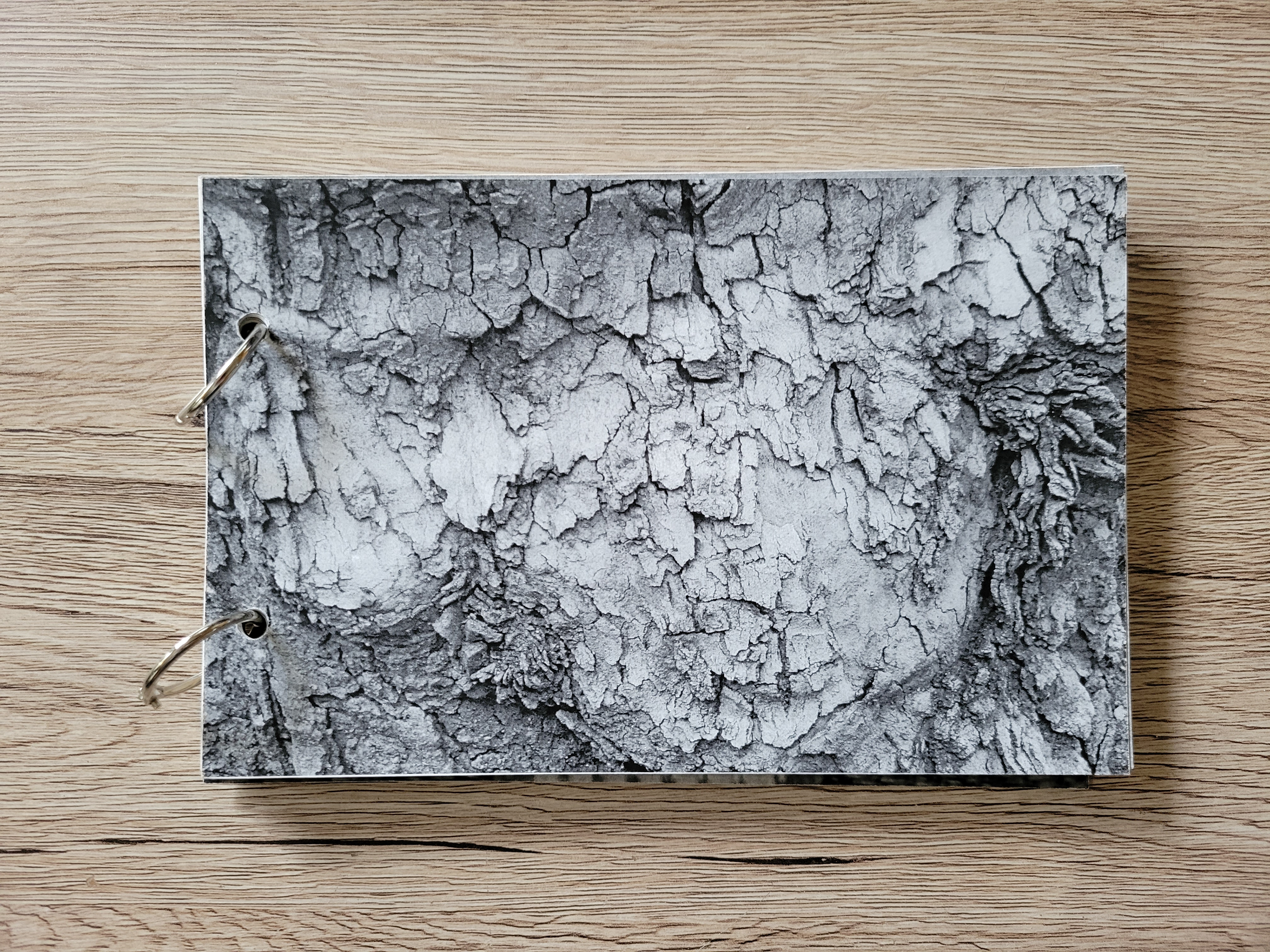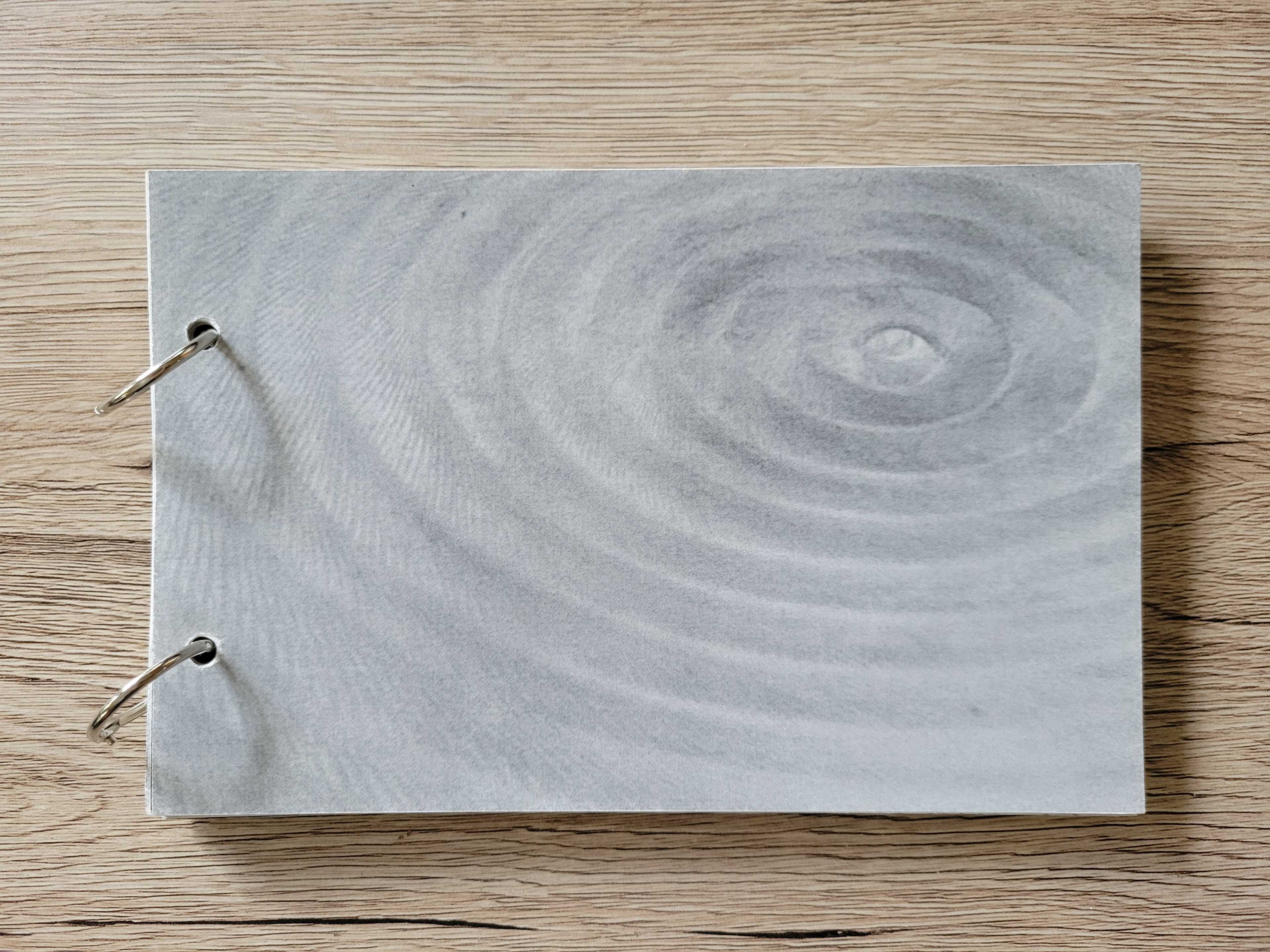Architectural Studies - MICA PreCollege
2011
Between my junior and senior year of high school, I participated in MICA's four-week PreCollege program, my main studio course was Architecture instructed by Kuo Pao Lian. The documentation of my work in this course was captured by the TAs, Allie Fauer and Oni Jomir, and bound together in a small booklet for each student. All of the descriptions below are directly pulled from that booklet and the images are of the booklet.
Course Description
The intent of this studio is to introduce fundamental design techniques, tactics, and processes through a series of investigative exercises and projects of the conceptual order at all levels of complexity. The student will engage design problems that will require theoretical articulation, programmatic justification, and a thorough understanding of composition, transformation, and translation within the formal elements of architecture. The studio encourages different modes of research, communication, design process, fabrication, documentation, and verbal explanations through 2 and 3 dimensional representation both in digital and analog formations. Students are encouraged to experiment with a diversity of immaterialities and drawing techniques and challenge the level of graphic representation and abstraction.
Field Operation 01: Scanning
We look, but we do not see, we see but we do not look. to design, we must first train our eye to not only see, but to 'SEE.' In Field Operation 01: Scanning, students were asked to take 6 black and white photos that reveal spatial compositions, textures, details, shadows, layers, and scaler moments that the student would later identify and map through drawing.






Draw Operation 01: Extraction
Students were asked to identify a multiplicity of field conditions through a series of mapping exercises from Field Operation 01: Scanning. Using basic 2 dimensional elements of point, line, and plane, students explored these conditional instances through drawing experimenting with control and mapping hierarchies. These field conditions were later transformed into 'tactic transformations' for a later 3 dimensional study.






Model Operation 01: Tactics
To better understand the conditions identified in the scanning study, students were asked to chose one tactic, for instance, folding, weaving, extrusion, repetition, etc., and explain that tactic through a study model. This served as an introduction to model making and to further explore visual language through tactile events.
Model Operation 02: Abstraction
From identifying specific field conditions from the photo study, to extracting new information into 2 dimensional language, 3 dimensionality is the next step of tectonic realization. Here, the students used their 2 dimensional drawing studies and created a series of 3 dimensional models studying structure, form, composition, proportion, rhythm, scale, and spatial aesthetics.
Draw Operation 02: Projections
In architecture, there is a fundamental process that has stood the test of time in the visual language of representation, the plan, the section, and the elevation. These drawings are abstract representations of space and structure that has stood as the most informative way to understand constructs aside from the literal existence of user within space. Each student chose one study model from Model Operation 02: Abstraction to draw 2 dimensional projections of the structure enhancing their drawing skills while understanding the basic techniques of technical representation.




Model Operation 03: Artifact
In this model operation, the students visited druid hill park where they were asked to search and collect artifacts either natural or artificial. Once the artifacts were collected, each student studied the artifacts and explored the notions of poetics and storytelling using methods of writing, sketching, and sculptural manifestations.